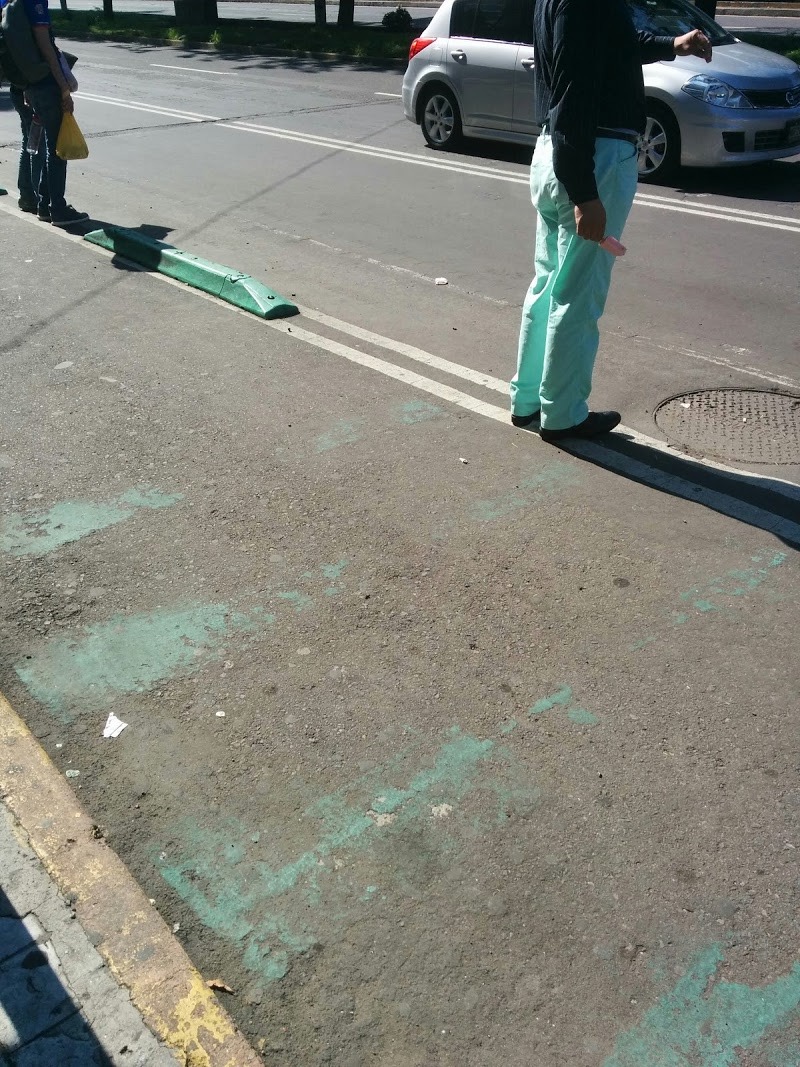
the time and place call for a pink paleta. (av. chapultepec, mexico city)
Sep 21, 2015
planning the paleta
Posted by
vaughn tan
0
comments
![]()
![]()
Labels: execution success, mexico city, on the street
Sep 13, 2015
light effects
But most attractive to Seurat was the fact that at the viewing distance just before that where two complementary colours blend, the eye hovers on the verge of seeing two colors become one, and the paint surface seems to flicker as if luminous. This, Seurat believes, was how the artist could truly paint with light, capturing, for instance, the glow of sunlight on grass.
philip ball, bright earth
In the dot paintings, I took a large squarish canvas and painted it an even bright white ... Then I put on the dots, starting with very strong red dots, as rich as possible but only about the size of map pins, put them on very carefully, about one every quarter inch or so, such that they seemed neither too mechanically nor too crudely applied—either way they would have thereby drawn attention to themselves as patterns—concentrating them toward the center and then dispersing them less and less densely, missing one or two here and there, as they moved out toward the edge. Then I took the exact opposite color and put a green dot between every single pair of red dots, doing the same thing out to the edge, stopping the green maybe just a little before the red so that there was a slight halation of the two colors on the edge. But in the center they essentially canceled each other out, so that you didn't see either green or red but rather the energy generated by the interaction between the two.more from irwin here.
robert irwin, in seeing is forgetting the name of the thing one sees
Posted by
vaughn tan
0
comments
![]()
![]()
Subscribe to:
Posts (Atom)
